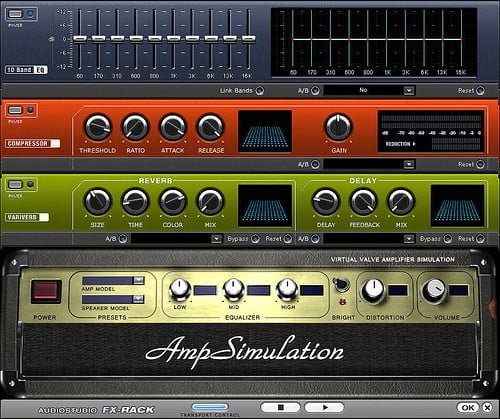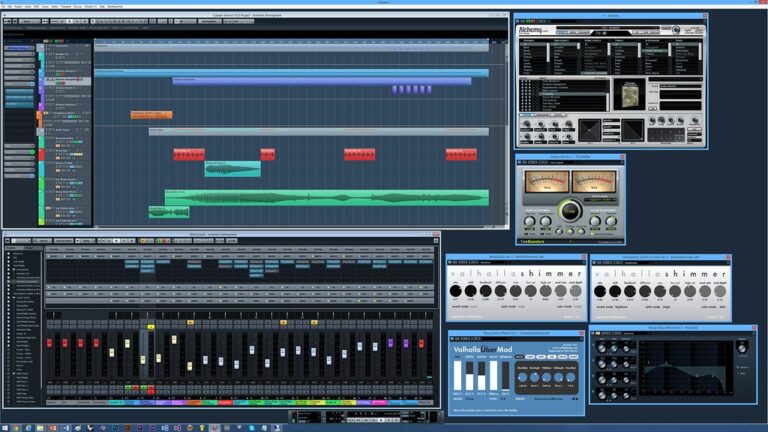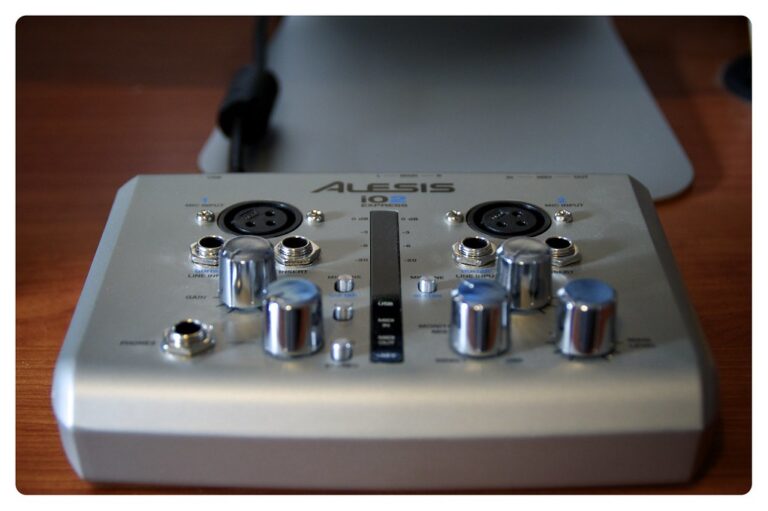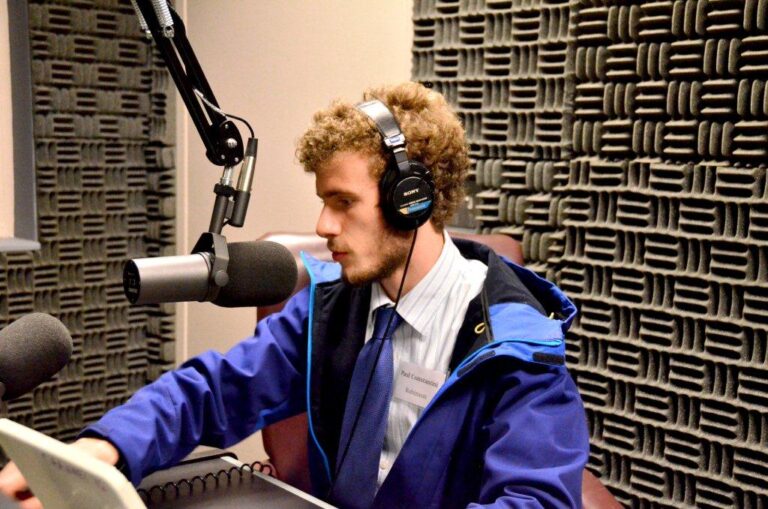Free Vs. Paid DAWs: Finding the Right Balance
When deciding between free and paid Digital Audio Workstations (DAWs), it’s important to balance features, capabilities, and long-term music production goals. Free DAWs like GarageBand and Audacity are great for beginners and hobbyists but have limitations in track counts and advanced functionalities. Paid DAWs offer professional-grade tools, extensive plugin support, and features like surround sound mixing. Choosing the right balance depends on individual needs and aspirations in music production, ensuring alignment with one’s career ambitions in the industry.
We are supported by our audience. When you purchase through links on our site, we may earn an affiliate commission, at no extra cost for you. Learn more.
Pros and Cons of Free DAWs
When considering free digital audio workstations (DAWs), it is important to weigh their advantages and limitations carefully. Free DAWs like GarageBand and Audacity cater to beginners and hobbyists, offering basic audio editing features. They serve as excellent entry points into music production without the need for a financial investment. These platforms are ideal for simple recording and editing tasks, making them user-friendly for those starting in the field.
However, limitations do exist when using free DAWs. One common drawback is the restricted track counts and plugin options compared to their paid counterparts. While these tools are sufficient for beginners, they may lack the advanced functionalities required for professional use. Advanced audio editing features, essential for intricate projects, are often limited in free DAWs. Additionally, some free DAWs impose constraints on export formats and file compatibility, hindering seamless sharing and collaboration among users.
Despite these limitations, free DAWs play a valuable role in the music production landscape. They offer a cost-effective way for individuals to explore their creativity and express themselves through music. Understanding the balance between the advantages and limitations of free DAWs is vital in determining their suitability for different levels of audio production expertise.
Factors to Consider When Choosing
Taking into account various factors is essential when choosing between free and paid digital audio workstations (DAWs) for music production. When deciding between Pro Tools, FL Studio, or Studio One, one must weigh the features each DAW offers. Paid DAWs like Pro Tools usually provide advanced tools for professional music production, extensive customer support, regular updates, and a wide array of audio plugins and virtual instruments. On the other hand, free DAWs may have limited features but can be ideal for beginners or hobbyists looking to get started without a financial commitment.
Another important factor to take into account is the availability of free trials. Trying out different DAW software through free trials can help determine which one best suits your workflow and preferences. Additionally, your level of expertise and the complexity of your music projects play a significant role in the decision-making process. Serious musicians, producers, and sound engineers often opt for paid DAWs due to their extensive features for multi-track recording, mixing, and mastering.
Best Free DAWs Available
Among the array of free digital audio workstations (DAWs) available, several stand out for their advanced-level features and usability. Cakewalk by BandLab offers a complete set of tools including unlimited tracks, VST support, and a user-friendly interface, making it a strong contender for electronic music production. Tracktion T7 is another notable option, providing unlimited audio and MIDI tracks, automation capabilities, and plugin support in its free version. For those seeking a cross-platform solution, LMMS (Linux MultiMedia Studio) caters to Windows, Mac, and Linux users, offering a diverse range of features for music production. Audacity, while primarily an audio editor and recorder, can function as a basic DAW for simpler music projects, and it is available for free across multiple platforms. Mac users can benefit from GarageBand, an exclusive free DAW that boasts a wide array of virtual instruments, loops, and effects, ideal for music creation. These free DAWs bring advanced-grade tools to users without the need for financial investment, catering to a wide range of music production needs and preferences.
Premium Features in Paid DAWs
Transitioning from exploring the best free DAW options to delving into premium features in paid DAWs unveils a substantial leap in audio production capabilities and tools. For those new to music production, the premium features offered by paid DAWs can greatly enhance their workflow and final audio output. One of the key advantages of premium paid DAWs is their professional-grade features, which include advanced audio editing tools like spectral editing and pitch correction. These tools enable users to manipulate audio files with precision and achieve high-quality results.
Furthermore, paid DAWs excel in providing extensive plugin support, allowing users access to industry-standard plugins for mixing and mastering. This plugin support enhances the capabilities of the DAW by offering a wide range of effects and virtual instruments to experiment with. Additionally, premium paid DAWs often come equipped with features such as surround sound mixing, advanced automation, and complex routing options, which are essential for creating professional-sounding tracks.
Moreover, subscription-based paid DAWs frequently offer regular updates with new features, improvements, and compatibility enhancements. This secures that users have access to the latest tools and technologies to elevate their music production experience. To sum up, the premium features found in paid DAWs considerably expand the possibilities for audio production and provide users with the tools needed to create high-quality music.
Making the Decision: Free or Paid?
When evaluating the choice between free and paid Digital Audio Workstations (DAWs), one must carefully weigh the trade-offs in features, support, and long-term benefits. Free DAWs like Audacity and GarageBand offer cost-effective options suitable for beginners and casual users. These platforms provide basic features that can help individuals start their music production journey without a significant financial investment. However, for those aiming for professional music production, paid DAWs such as Pro Tools and Logic Pro offer advanced tools that are essential for creating high-quality music.
In the decision-making process, one must consider their individual needs and long-term goals in music production. While free DAWs are a great starting point, they may lack the extensive support and updates that paid DAWs typically provide. Paid DAWs not only offer a broader range of features but also ensure that users have access to the latest tools and technologies necessary for professional music production. As such, if your goal is to establish a career in music production and have the resources to invest, opting for a paid DAW can be a strategic decision that aligns with your ambitions. Ultimately, the choice between free and paid DAWs depends on your specific requirements and aspirations in the domain of music production.






